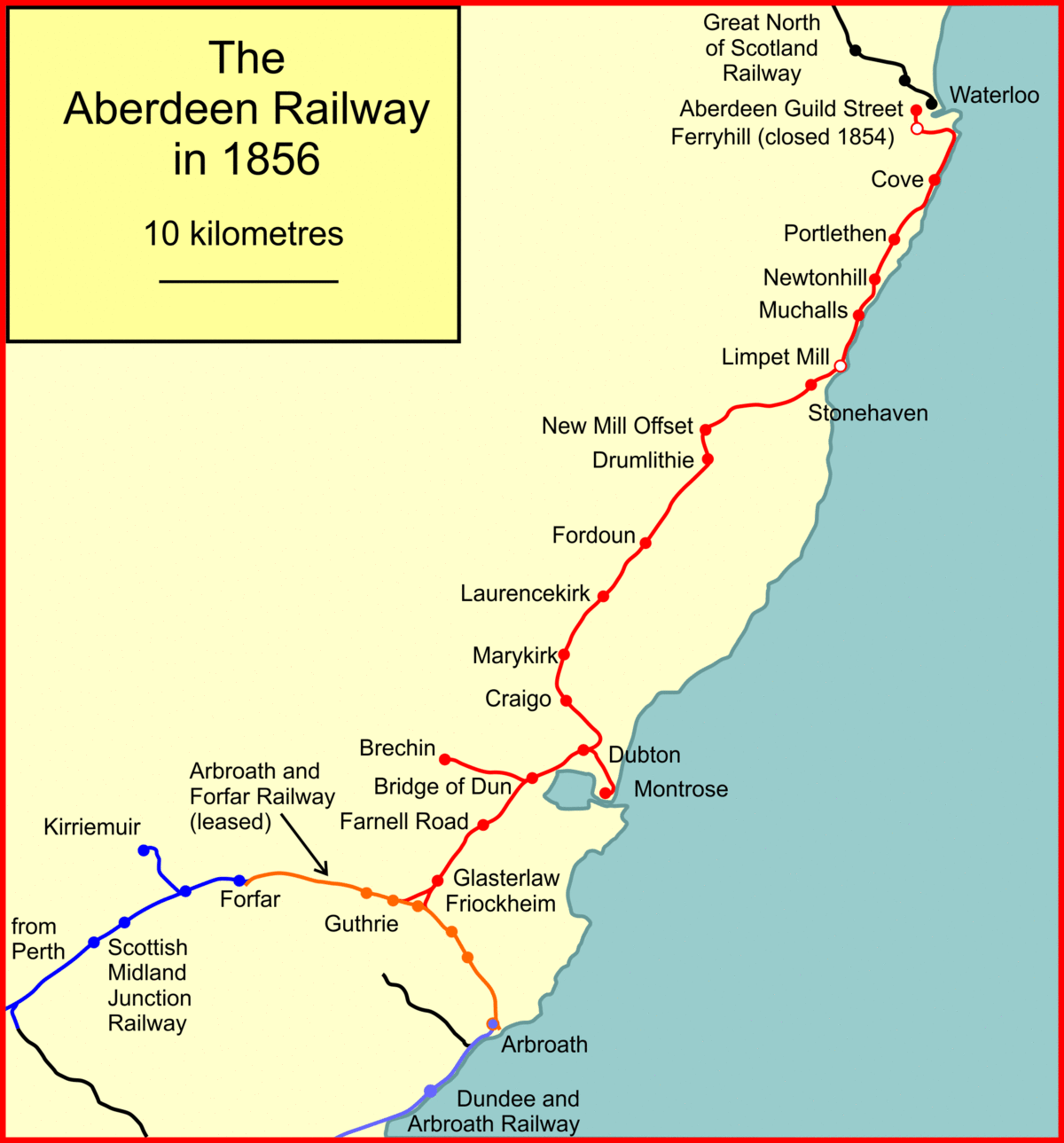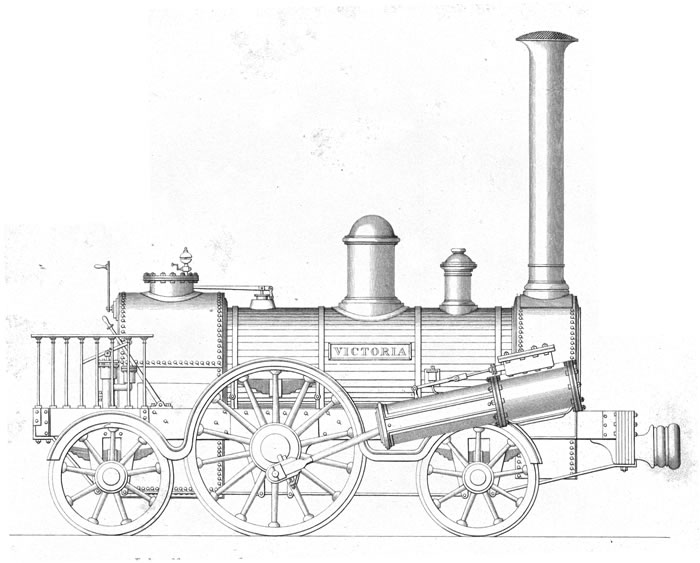Compared to many places in the world that use standard gauge, Britain has by the far the most restricted loading gauge which in many ways is due to the past of small tunnels during the early days of collieries and horse drawn coaches. But what if the British rail network had sometime during the early days of the railway had a loading gauge that was on equal with that would be used on the continent?
What would be needed before 1900 for the rail network to adopt this and how different things might've been in the long term if trains had been a little bit wider?
What would be needed before 1900 for the rail network to adopt this and how different things might've been in the long term if trains had been a little bit wider?

